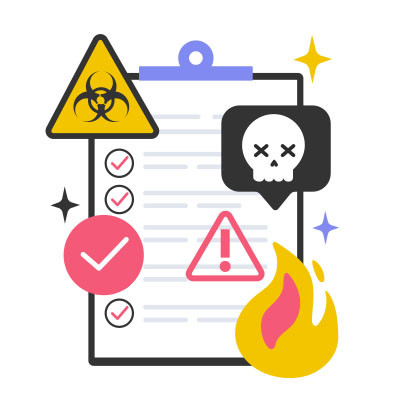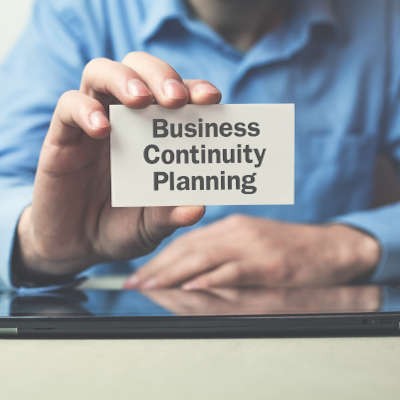Business technology is known to be remarkably finicky, particularly if you do not have the requisite knowledge to manage and maintain it. After all, there is a reason why you hire an IT department or a managed service provider to handle this role. What happens if your technology fails, though? Do you have a plan in place? What does a plan like this even look like, anyway? Let’s dig into the details.
No one can tell when a disaster is going to hit your business or what form that disaster is going to take. The cause could be a storm, human error, or some freak occurrence that nobody could have seen coming. In order to get back up and running after one of these incidents a company needs to have a strong business continuity strategy. An essential part of this strategy is knowing how to recover data depending on the way it’s lost. Getting data back and working for your company is the only way to stave off ruin, so let’s look at data recovery strategies that can literally save your business.
Every business needs a continuity plan (BCP) so that if their business is forced to deal with problems that arise for any reason, that they have a working plan to get the business back up and operating as intended quickly. It’s one thing to have it all written down on paper, outlining how things are supposed to go, and quite another thing to have a working strategy when faced with operational interruptions. Today, we’ll go through some of the basics of business continuity to help you understand all that goes into a successful plan.
Data backup tends to carry with it the association that your business could end at any moment, and while this is an important reason to implement data backup, there are countless others to consider as well. You might find that they are just as important to your organization as saving it from a devastating data loss disaster.
If you don’t consider the worst-case scenario when preparing your business’ disaster recovery strategy, you’ll inevitably suffer from it when it does happen. Taking into account all of these nuances is one of the main ways your organization can prepare for such an occasion. All of these instances need to be considered when putting together your organization’s business continuity plan. We’ll discuss some of the major parts of it, and why they are crucial.
It should come as no surprise that the practice of business continuity planning is one that every business needs to undergo. This planning serves as essentially your only insurance against some form of data disaster or another. Consider your own business for a moment--could it survive a fire, a critical failure in part of your infrastructure, or theft? With a business continuity plan, there’s a chance it just might.
As a business owner, you expect to stay in control of what your business does. Unfortunately, there are certain variables in running a business that simply can’t be controlled, like the weather. Therefore, you need to take special care to ensure that these uncontrollable instances don’t become a threat to your business’ prolonged existence. To this end, we recommend a business continuity plan.
While many may consider an audit of any kind to be a pain in the neck or worse, they can actually be an effective way to ensure that businesses are following best practices and remaining compliant. After all, nobody wants to be the company that failed an audit. Despite this, many companies aren’t up to standard where their IT is concerned, and it has an impact.
 The continuity of your business should be a major priority, especially considering how the livelihood of yourself and your employees is on the line. Believe it or not, there are some organizations out there that don’t give a second thought to the preservation of their data and critical assets. Therefore, it’s clear that you need to pay proper attention to how your organization handles problems like natural disasters, data loss, hacking attacks, and other hazardous incidents.
The continuity of your business should be a major priority, especially considering how the livelihood of yourself and your employees is on the line. Believe it or not, there are some organizations out there that don’t give a second thought to the preservation of their data and critical assets. Therefore, it’s clear that you need to pay proper attention to how your organization handles problems like natural disasters, data loss, hacking attacks, and other hazardous incidents.










